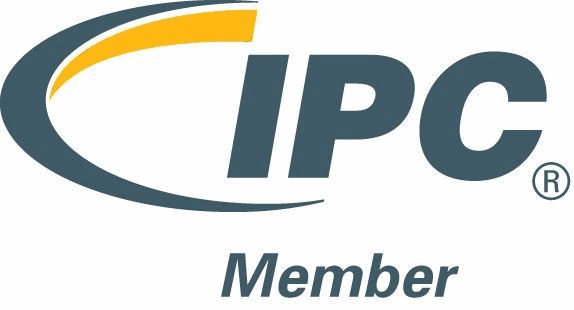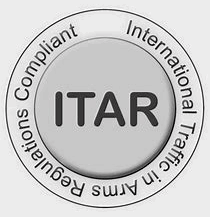Don’t Leave Home Without It
You’d never go on a trip without a map or build a house without blueprints. If you did, you’d end up lost, unsure of which direction to go and which next step to take. You’re guaranteed to waste valuable resources - time, money, and peace of mind. That’s why people hire an architect or a travel planner. We follow the guidance of those who have been where we’re going so we can ensure a good experience. We take time to consider the myriad of details and make decisions that will have the best possible impact on the end product.
When it comes to electronic assembly and manufacturing, too many companies make assumptions about the trip they are taking and find themselves circling aimlessly through unsuccessful builds. They push forward without considering the value that documented plans can provide. Every project is an opportunity to learn, push the boundaries, and get a better result, no matter how many times it is attempted.
At MPL, we believe schematics make perfect. That’s why we approach every project with diligence in planning and preparation, ensuring we have detailed documentation at every stage of manufacturing. This includes:
- Concept - We start by defining the board's ultimate function(s) and the environment in which it will perform. This includes defining and gathering all quantitative and qualitative data and organizing it for further review and verification.
- Diagram - Next, we create a dimensional sketch to define the product size. Then we diagram the components, settings, ratings, and part numbers. This allows us to map out the working area and electrical features of the board so we can quickly communicate needs and expectations to each department.
- Layout - We then create a layout containing all applicable layers. Depending on the specific project, these layers may include:
- Mechanical layers to define the physical dimensions and ensure accurate cutting from the stock materials.
- Kept out layers to specify limits on the working area of the board and help restrain the design.
- Routing layers to interconnect individual components.
- Ground, power, and split layers to more clearly define the design planes and optimize overall performance.
- Silkscreen layer to define the text that will be silkscreen printed on the upper and lower layers of the board.
- Solder mask layers to outline the protective green coverings on the board that keep the traces from shorting when dust accumulates.
- Assembly - We carefully outline the steps and provide detailed instructions on assembling the board. This can also include specific testing procedures and thresholds.
- Output - We gather and package all of these details into a single, clear output file that ensures every aspect of design and manufacturing is clearly communicated and employed to reach the project objectives and produce the best possible PCB.
You wouldn’t leave home without a map. Don’t take shortcuts in properly documenting your electronic assembly and manufacturing project. In our experience, that can be costly - in materials, time, productivity, and profitability. Engage an expert PCB firm to help you consider and capture every possible detail to continually improve your product and get a better result.




